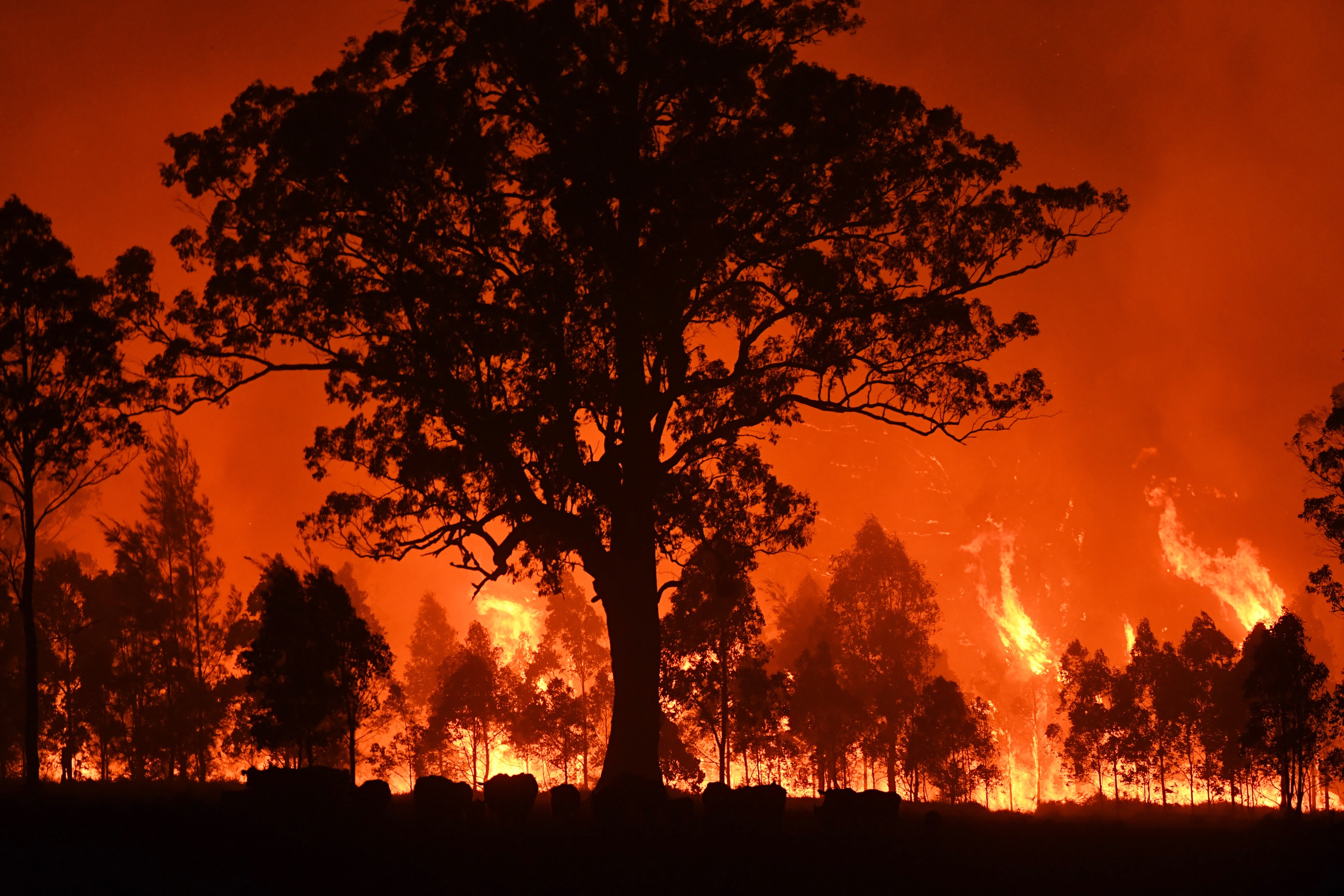Ensuring Bush Fire Protection Via Correct BAL Record Analysis
In the world of bush fire defense, the precise evaluation of Bushfire Strike Level (BAL) reports stands as a foundation for guarding residential properties against the disastrous impact of wildfires. With environmental aspects and property qualities playing considerable duties in determining the level of threat, a comprehensive understanding of BAL scores ends up being imperative.
Comprehending Bushfire Assault Degree (BAL)
In the world of bushfire security, comprehending the Bushfire Strike Degree (BAL) is critical for ensuring reliable reduction techniques. Understanding the BAL ranking of a residential property is vital for home building contractors, owners, and policymakers to execute ideal procedures to safeguard versus bushfire threats.

Significance of BAL Report Evaluation
A crucial facet in bushfire security planning involves the thorough evaluation of BAL records to analyze the prospective risks and determine ideal mitigation strategies. BAL records supply important information concerning the prospective impact of bushfires on a building based on various variables such as greenery kind, distance to potential fire dangers, and slope of the land. Assessing these reports with accuracy is critical in creating efficient bushfire defense procedures tailored to the certain risk profile of a property.
Carrying Out Fire Protection Procedures
Executing effective fire protection procedures is important for protecting buildings in bushfire-prone locations. This involves clearing combustible vegetation, such as dry fallen leaves and branches, within a certain span of the home.
Additionally, having a properly maintained and sufficient water supply, such as a container or swimming pool, can assist firemens in their initiatives to safeguard the residential property. It is very important to have a clear discharge strategy in position and to guarantee that all residents recognize with the procedures. Furthermore, having firefighting tools conveniently available, such as pipes and fire extinguishers, can assist in dealing with tiny spot fires before they intensify. In general, executing a combination of these fire security measures can dramatically increase the opportunities of guarding residential or commercial properties during bushfire occasions.
Mitigating Dangers in Fire-Prone Locations
To fortify residential or commercial properties versus bushfire hazards, a tactical focus on mitigating threats in fire-prone locations is crucial. One critical facet of risk reduction is keeping defensible room around properties by removing combustible vegetation, making sure sufficient spacing between frameworks and trees, and employing fire-resistant landscaping practices.
Furthermore, building or retrofitting structures with fire-resistant materials and ensuring appropriate maintenance of roofs, rain gutters, and external cladding can dramatically enhance the property's resilience to bushfires. Developing and practicing a bushfire emergency strategy with all residents, including evacuation treatments and communication techniques, is also essential in mitigating dangers successfully. By embracing a proactive method to risk mitigation in fire-prone areas, homeowner can much better secure their possessions and enhance general bushfire preparedness.
Ensuring Home Security and Resilience
Guaranteeing the safety and strength of residential properties in fire-prone locations needs an unfaltering dedication to robust preventative steps and visit site tactical planning. Building safety starts with applying reliable actions to reduce fire threats. This includes keeping a defensible area around the home by getting rid of combustible plants, ensuring proper upkeep of gutters and roof coverings, and utilizing fire-resistant structure products. Regular upkeep of firefighting tools, such as hoses and sprinkler systems, is additionally important to residential property durability.
Strength, on the other hand, involves the ability of a residential property to withstand and recoup from a bushfire. This can be boosted through the setup of coal guards on windows and vents, making certain that entry points for embers are read more lessened. In addition, having a well-balanced emptying plan and practicing it routinely can considerably increase residential or commercial property durability. Collaborating with next-door neighbors and neighborhood fire authorities can likewise strengthen the security and durability of buildings in fire-prone areas. By proactively resolving these facets, residential property owners can better shield their assets and liked ones from the risk of bushfires.
Verdict
To conclude, making sure bushfire defense through correct BAL record analysis is vital for understanding the degree of risk postured by bushfires and applying needed fire defense steps. By minimizing threats in fire-prone areas and ensuring residential or commercial property safety and strength, people and neighborhoods can better get ready for and react to bushfire occasions. It is imperative to focus on fire security measures to shield lives and residential website here or commercial property in these risky settings.
In the realm of bush fire security, the careful evaluation of Bushfire Attack Degree (BAL) records stands as a keystone for securing properties against the damaging effect of wildfires (BAL Report). Comprehending the BAL rating of a property is crucial for residential or commercial property policymakers, owners, and home builders to execute proper steps to protect versus bushfire threats

BAL reports provide essential info regarding the potential effect of bushfires on a residential or commercial property based on different factors such as plants kind, range to possible fire dangers, and slope of the land (BAL Report). Overall, carrying out a mix of these fire defense measures can considerably increase the chances of safeguarding residential or commercial properties during bushfire occasions